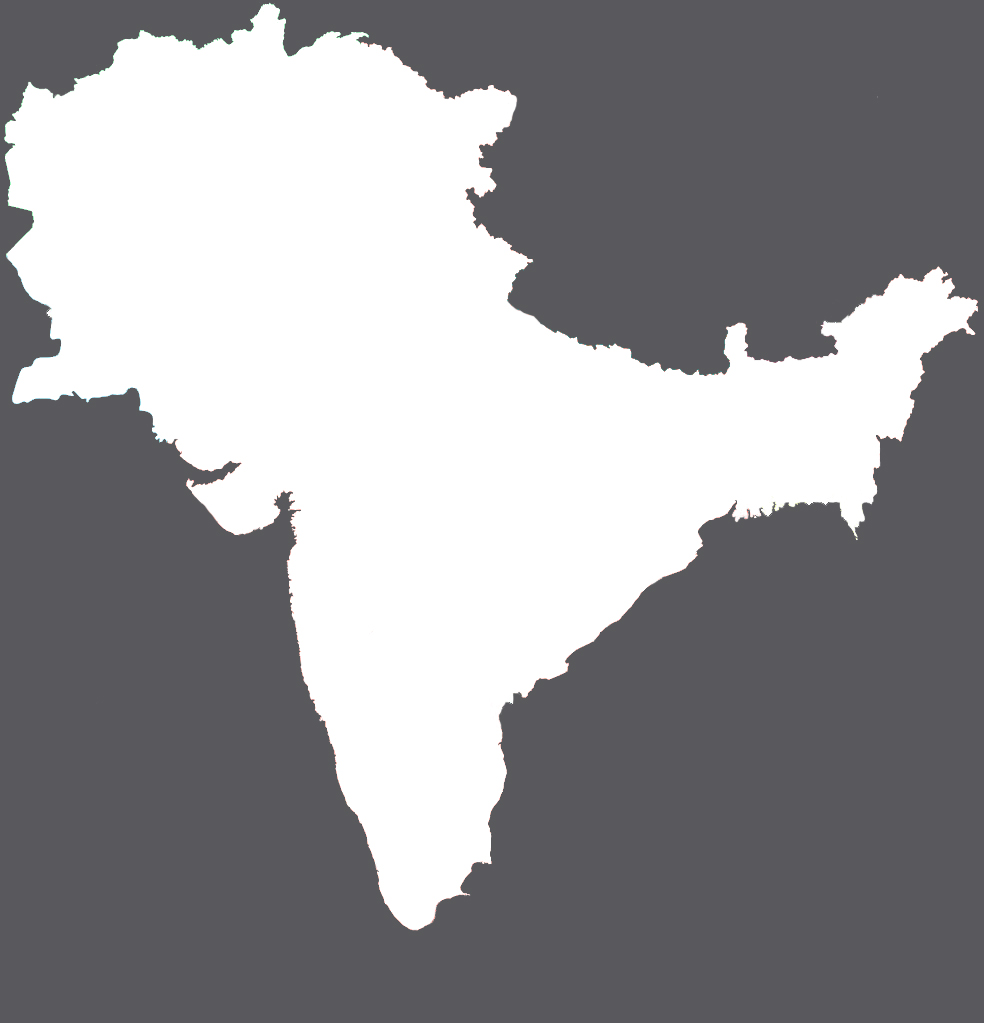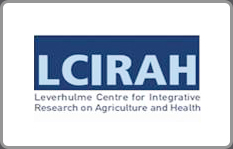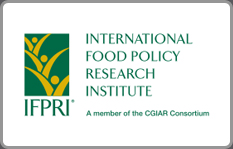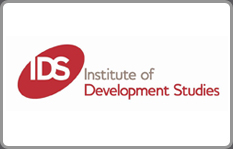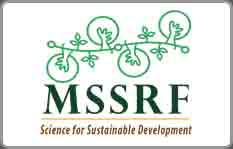Dietary Transition in India: Temporal and Regional Trends, 1993 to 2012
Rapid economic growth, urbanization, and globalization have resulted in dietary transformation in India. Triple burden of malnutrition remains a significant concern, with high pre- valence of undernutrition, widespread micronutrient deficiencies, and rising obesity. This article reviews the dietary transition in India by analyzing trends in food consumption across time and space. Household consumption survey data from 1993 to 2012 are analyzed to examine both national- and state-level trends to investigate how diets have changed and vary across the country. Typical Indian diets are characterized using k-mean cluster analysis and associated with socio economic and geographical aspects.The article finds that on average Indian household diets have diversified slowly but steadily since the 90s. Indians diets have shifted away from cereals to higher consumption of milk. However, progress on micronutrient-rich food groups such as fruits, vegetables, meat, and egg has been wor- ryingly slow. Even by 2012, about a fifth of rural Indian households did not consume fruits or milk, while more than half of both urban and rural households did not consume any meat, fish, or eggs. Five predominant dietary types are identified. Sections of the Indian households do consume reasonably balanced diets, but large percentages consume cereal-focused, dairy-focused, or processed food heavy diets with high processed food content. Diets in India have not transformed sufficiently to overcome major gaps in intakes of micronutrient-rich foods. Large regional heterogeneities in diets call for regionally differentiated strategies to improve diets.

